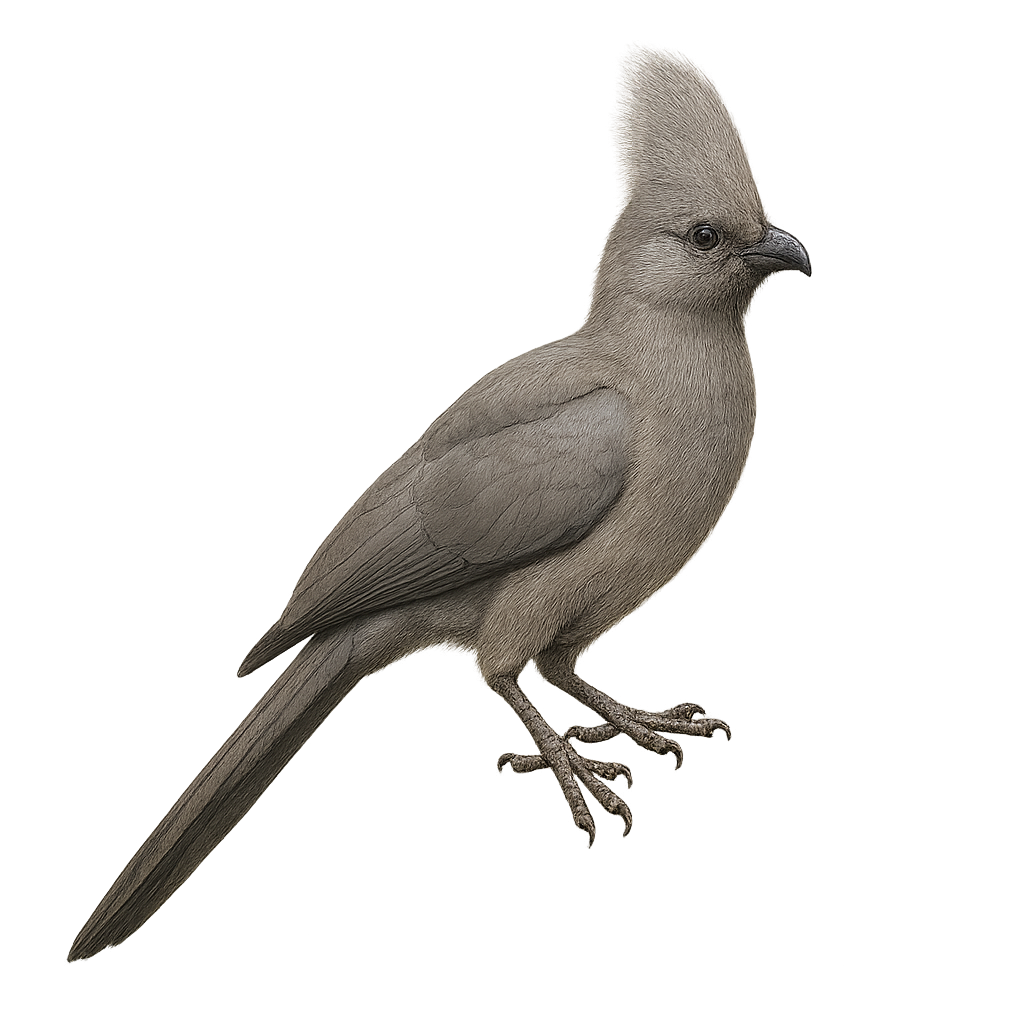Your wildlife photography guide.
Explore the grey go-away-bird in detail, study its behavior, prepare your shots.
Where to observe and photograph the grey go-away-bird in the wild
Learn where and when to spot the grey go-away-bird in the wild, how to identify the species based on distinctive features, and what natural environments it inhabits. The WildlifePhotographer app offers tailored photography tips that reflect the grey go-away-bird’s behavior, helping you capture better wildlife images. Explore the full species profile for key information including description, habitat, active periods, and approach techniques.
Grey Go-away-bird
Scientific name: Crinifer concolor

IUCN Status: Least Concern
Family: MUSOPHAGIDAE
Group: Birds
Sensitivity to human approach: Suspicious
Minimum approach distance: 10 m
Courtship display: September to November
Incubation: 23-26 jours
Hatchings: September to December
Habitat:
Savannas, open woodlands, shrublands
Activity period :
Primarily active during the day, with peak activity in the morning and late afternoon.
Identification and description:
The Grey Go-away-bird, or Crinifer concolor, is a medium-sized African bird known for its uniform grey plumage and distinctive crest. It measures about 50 cm in length and weighs between 200 and 300 grams. This bird is often seen in small groups, moving nimbly through trees. It is famous for its distinctive call that sounds like "go-away," hence its English name. The Grey Go-away-bird primarily feeds on fruits but also consumes leaves, flowers, and occasionally insects. It is widely distributed in the savannas and open woodlands of sub-Saharan Africa.
Recommended lens:
400 mm – adjust based on distance, desired framing (portrait or habitat), and approach conditions.
Photography tips:
To photograph the Grey Go-away-bird, it is advisable to use a 400mm lens or longer to capture detailed images without disturbing the bird. Look for it in the trees of savannas or open woodlands, where it often feeds on fruits. Be patient and discreet, as although it is suspicious, it can get used to your presence if you remain still. Take advantage of daylight to get sharp and well-lit photos.
The WildlifePhotographer App is coming soon!
Be the first to explore the best nature spots, track rutting seasons, log your observations, and observe more wildlife.
Already 1 430 wildlife lovers subscribed worldwide

